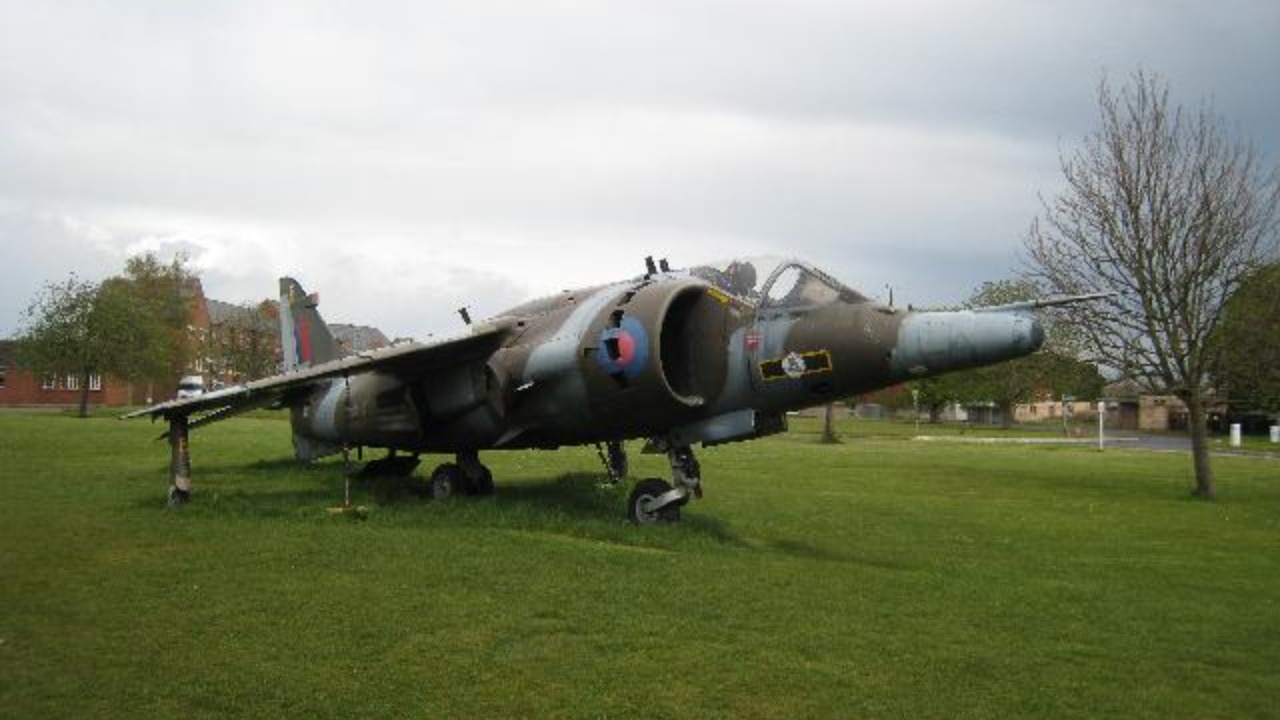
The Harrier jump jet, renowned for its Vertical/Short Takeoff and Landing (V/STOL) capabilities, revolutionized military aviation and combat strategies. By enabling operations from unconventional and confined spaces, it provided a strategic advantage that redefined aerial warfare. The profound impact of the Harrier jump jet on modern warfare and its enduring legacy is worth exploring.
The Birth of a Game-Changer
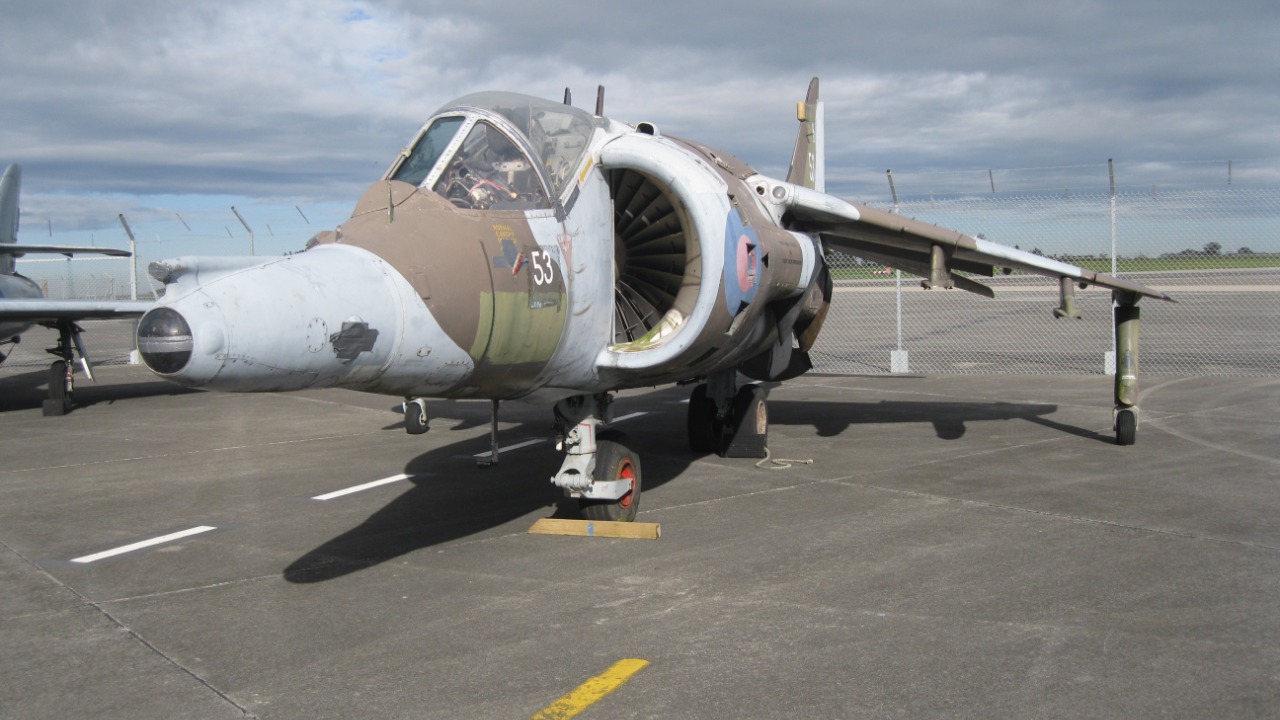
The development of the Harrier jump jet marked a significant milestone in aviation history. Its innovative engineering was primarily centered around the unique V/STOL capabilities, which allowed it to take off and land vertically. This was a revolutionary feat at the time, achieved through a groundbreaking thrust vectoring technique. Overcoming the engineering challenges associated with this design required years of research and ingenuity, leading to a jet that could operate in environments previously inaccessible to traditional aircraft.
Upon its initial deployment, the Harrier was met with a mixture of skepticism and intrigue. Military strategists and engineers were eager to witness its potential impact on warfare. The introduction of the Harrier into military service marked a strategic shift, particularly during the tense years of the Cold War.
Nations recognized the advantage of having a jet that could launch from almost anywhere, bypassing the need for large runways and offering a tactical edge.
Redefining Air Combat
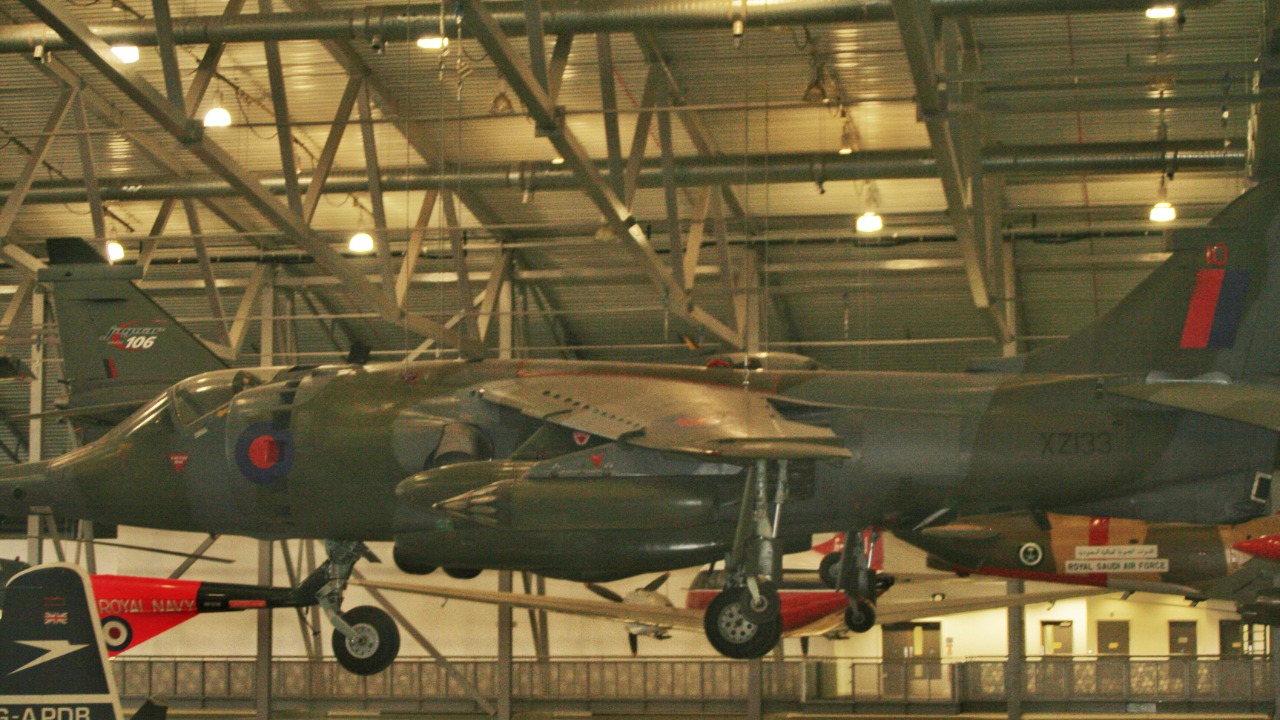
One of the Harrier’s most significant contributions to air combat was its operational flexibility. The ability to operate from short and unconventional runways enabled military forces to expand their strategic options significantly. This flexibility meant that the Harrier could be deployed rapidly and effectively in diverse combat situations, providing an edge that traditional jets could not offer.
The tactical advantages of the Harrier were evident in its capacity for surprise attacks and rapid deployment across various terrains. Its role in the Falklands War showcased its combat prowess, where it outmaneuvered adversaries and proved its mettle in real-world engagements. This demonstration of effectiveness solidified the Harrier’s reputation as a formidable tool in modern warfare.
Impact on Naval Warfare
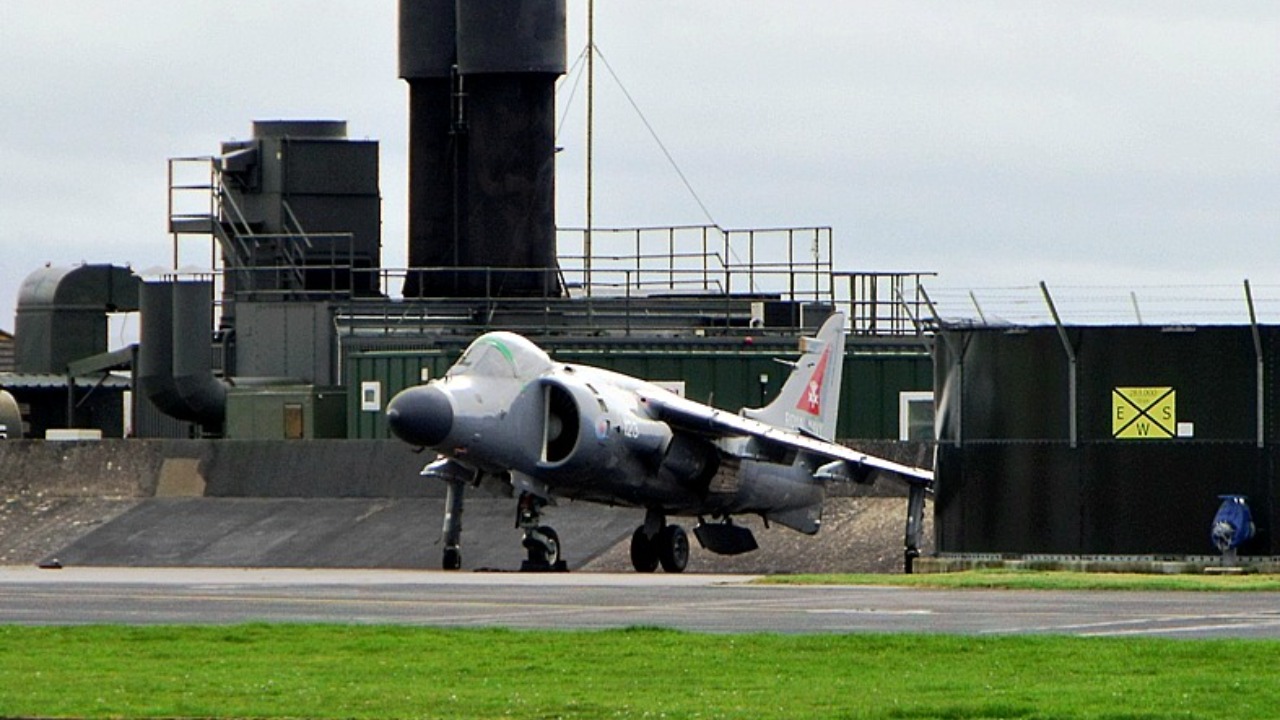
The Harrier’s impact extended beyond land-based operations, significantly enhancing naval air capabilities. Its presence allowed smaller carriers to project air power more effectively, eliminating the reliance on massive aircraft carriers. This marked a transformation in naval tactics, as the Harrier’s unique abilities allowed for greater flexibility and strategic depth in maritime operations.
Furthermore, the Harrier played a critical role in supporting amphibious assaults, providing close air support to ground forces. This capability was crucial in scenarios where rapid response and adaptability were required. The Harrier’s influence on naval strategies and fleet compositions was profound, prompting a reevaluation of conventional naval tactics.
Technological Innovations and Advancements
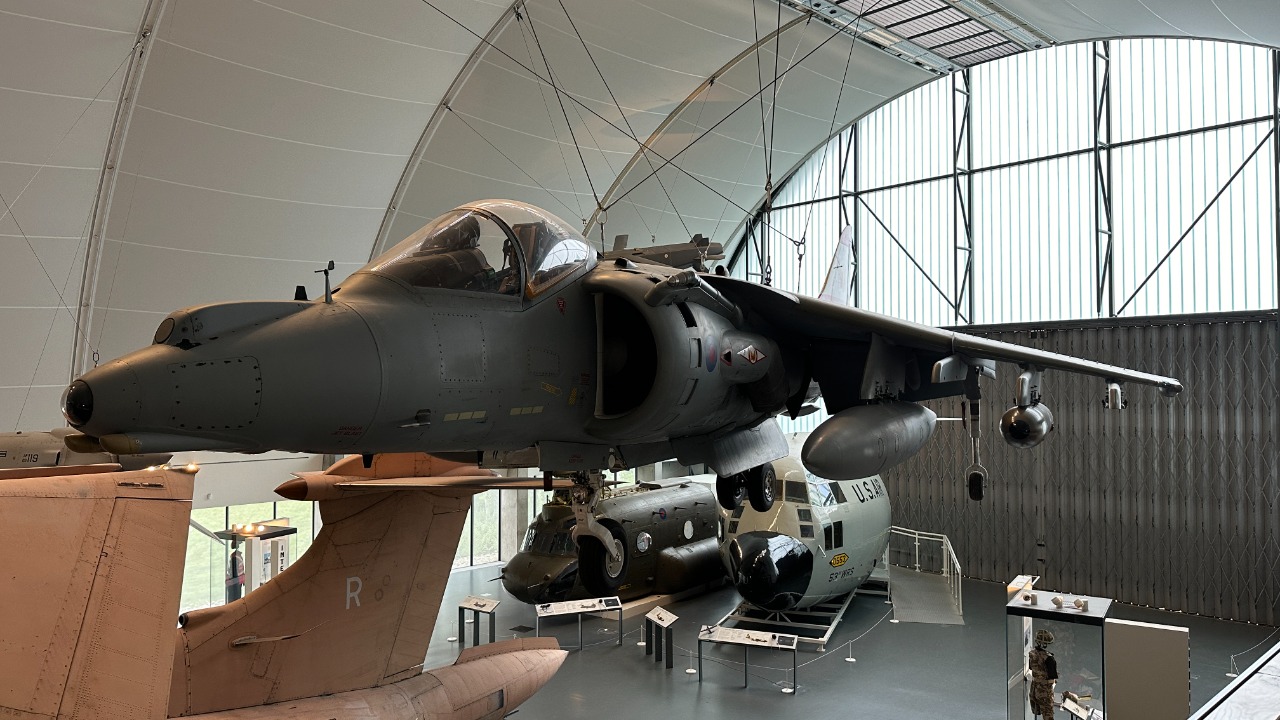
The technological breakthroughs that enabled the Harrier’s unique flight capabilities were centered around its engine and thrust vectoring system. This innovation allowed for vertical takeoff and landing, a feature that set the Harrier apart from its contemporaries. The advanced engineering behind this system was a testament to the ingenuity and foresight of its designers.
In addition to its flight capabilities, the Harrier was equipped with advanced avionics and versatile weapons systems that enhanced its combat effectiveness. The continuous evolution of its design ensured that the Harrier remained at the forefront of military technology throughout its operational lifetime. These ongoing improvements kept it relevant in an ever-changing battlefield.
Legacy and Influence
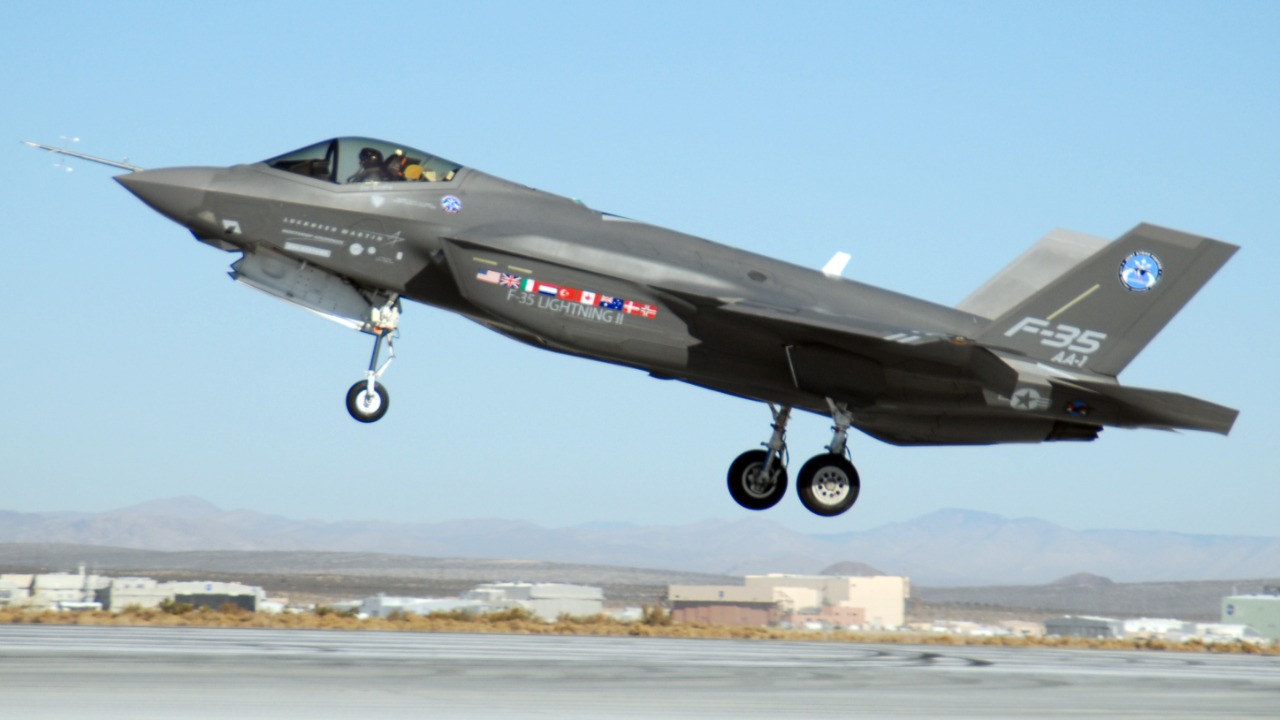
The Harrier’s influence on modern aircraft is undeniable, serving as a precursor to subsequent designs like the F-35 Lightning II. Its innovative features set a benchmark for future developments in military aviation. The lessons learned from the Harrier’s deployment continue to inform strategic and operational doctrines today.
Reflecting on the Harrier’s enduring legacy, it’s clear that it remains a symbol of innovation and adaptability in military aviation history. Its role in reshaping combat strategies and its influence on modern aircraft design solidify its place as a pivotal contributor to the evolution of aerial warfare. The Harrier jump jet not only changed war but also left an indelible mark on the landscape of military aviation.